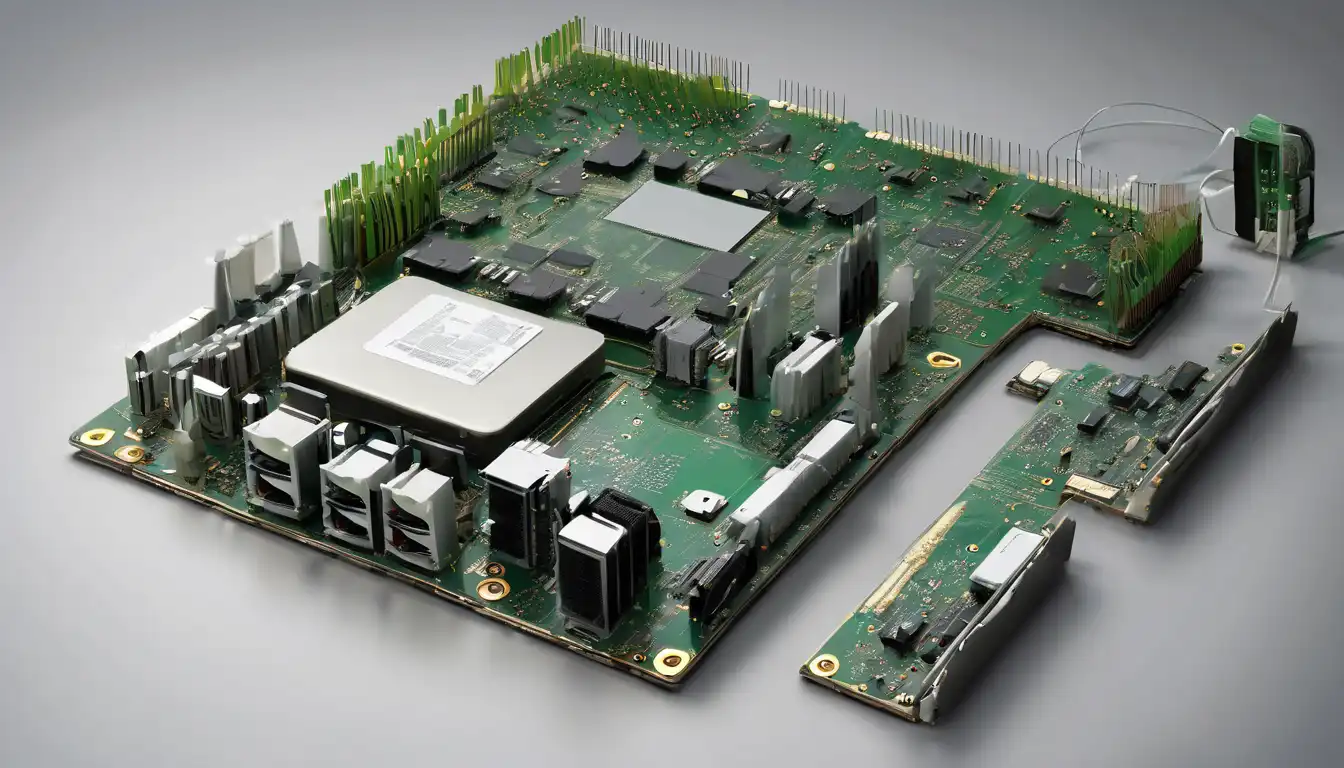The Rise of Sustainable Computing
As environmental concerns continue to dominate global conversations, the technology sector is undergoing a significant transformation toward sustainability. Sustainable computing represents a crucial shift in how we design, manufacture, and utilize hardware components to minimize environmental impact while maintaining performance standards. This movement addresses the growing awareness of electronic waste, energy consumption, and resource depletion associated with traditional computing practices.
Understanding Eco-Friendly Hardware Solutions
Eco-friendly hardware solutions encompass a wide range of technologies and practices designed to reduce the environmental footprint of computing devices. These solutions focus on energy efficiency, material sustainability, longevity, and recyclability. From processors and memory modules to complete system architectures, manufacturers are implementing innovative approaches to create hardware that aligns with environmental stewardship principles.
Energy-Efficient Processors and Components
Modern processors have made remarkable strides in energy efficiency. Companies like Intel, AMD, and ARM have developed architectures that deliver superior performance per watt, significantly reducing power consumption without compromising computational capabilities. These energy-efficient designs not only lower electricity bills but also decrease the carbon footprint associated with power generation.
Key advancements include:
- Advanced power management features that dynamically adjust voltage and frequency
- Multi-core architectures that distribute workloads efficiently
- Low-power states that activate during periods of inactivity
- Improved thermal design power (TDP) specifications
Sustainable Material Selection
The choice of materials in hardware manufacturing plays a critical role in sustainability. Manufacturers are increasingly using recycled plastics, conflict-free minerals, and biodegradable components. Many companies now prioritize:
- Post-consumer recycled (PCR) plastics for casings and components
- Lead-free soldering techniques
- Reduced use of hazardous substances (RoHS compliance)
- Sustainable packaging materials
Server and Data Center Innovations
Data centers represent one of the largest energy consumers in the technology sector. Sustainable computing initiatives have led to significant innovations in server design and data center management. Liquid cooling systems, advanced airflow management, and renewable energy integration are transforming how we power and cool these critical infrastructure components.
Renewable Energy Integration
Leading technology companies are increasingly powering their data centers with renewable energy sources. Solar, wind, and hydroelectric power are becoming standard choices for major cloud providers and enterprise data centers. This shift not only reduces carbon emissions but also promotes energy independence and stability.
Consumer Hardware Sustainability
For individual users, sustainable computing extends to everyday devices. Manufacturers are designing laptops, desktops, and mobile devices with longer lifespans, easier repairability, and better upgrade paths. The right-to-repair movement has gained momentum, encouraging manufacturers to create devices that users can maintain and upgrade rather than replace.
Modular Design Approaches
Modular hardware design allows users to replace individual components rather than entire systems. This approach significantly extends device lifespan and reduces electronic waste. Companies like Framework Computer have pioneered this concept with fully modular laptops where every component—from the motherboard to the ports—can be easily replaced or upgraded.
Corporate Sustainability Initiatives
Major technology corporations are implementing comprehensive sustainability programs that encompass their entire product lifecycle. These initiatives include:
- Carbon-neutral manufacturing processes
- Extended producer responsibility programs
- Product take-back and recycling services
- Supply chain transparency and ethical sourcing
Lifecycle Assessment and Circular Economy
Companies are increasingly adopting lifecycle assessment methodologies to evaluate the environmental impact of their products from raw material extraction to end-of-life disposal. The circular economy model emphasizes keeping materials in use for as long as possible through repair, refurbishment, and recycling.
Future Trends in Sustainable Hardware
The future of sustainable computing holds exciting possibilities. Emerging technologies like quantum computing, neuromorphic chips, and photonic processors promise unprecedented energy efficiency. Additionally, advancements in biodegradable electronics and self-healing materials could revolutionize how we think about hardware sustainability.
Regulatory Framework and Standards
Governments worldwide are implementing regulations that encourage or mandate sustainable computing practices. Energy Star certifications, EPEAT ratings, and various eco-labeling programs help consumers identify environmentally preferable products. These standards drive innovation and ensure consistent environmental performance across the industry.
Implementing Sustainable Computing Practices
Organizations and individuals can take practical steps toward more sustainable computing:
- Choose Energy Star certified devices
- Extend device lifespan through proper maintenance
- Implement power management settings
- Participate in manufacturer take-back programs
- Consider cloud computing for variable workloads
The transition to sustainable computing requires collaboration among manufacturers, consumers, and policymakers. By prioritizing eco-friendly hardware solutions, we can enjoy the benefits of technology while minimizing its environmental impact. As awareness grows and technology advances, sustainable computing will continue to evolve, offering new opportunities for reducing our digital footprint and creating a more environmentally responsible technology ecosystem.
For more information on implementing sustainable practices in your organization, explore our guide on green IT strategies or learn about energy-efficient data center management.
